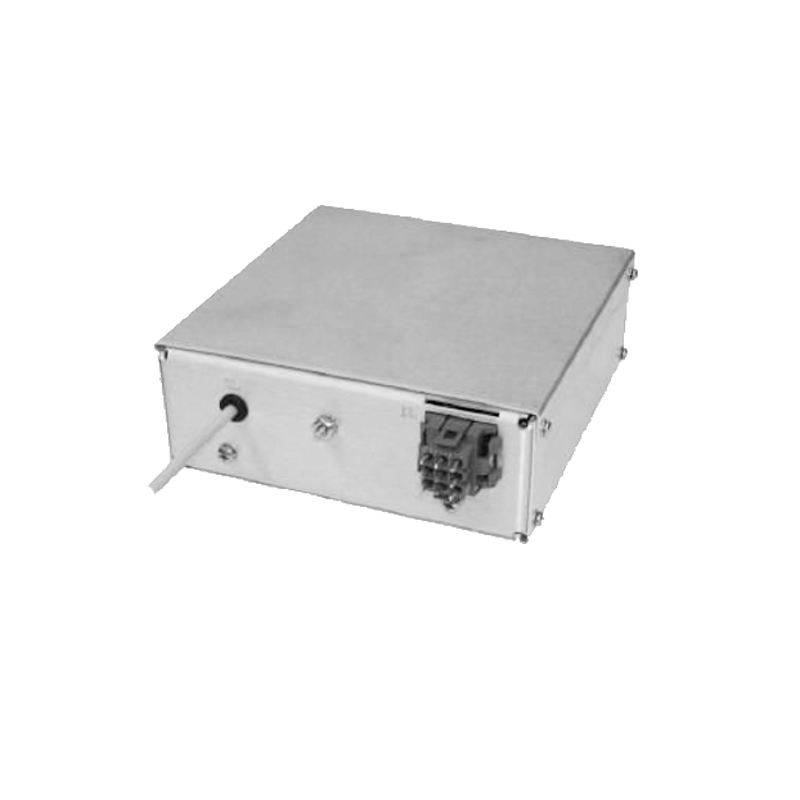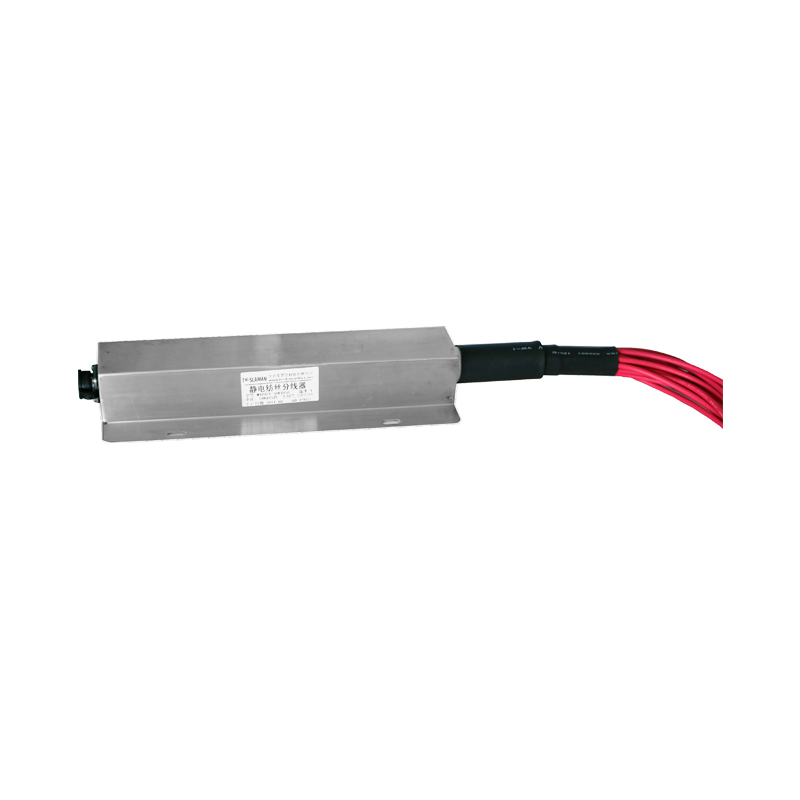Application of High-Voltage Power Supplies in Semiconductor Device Testing
With the rapid development of the semiconductor industry, the reliability and stability of device performance have become the focus of industry attention. As a core equipment in semiconductor device testing, the performance of high-voltage power supplies directly affects the accuracy and effectiveness of test results. From the verification of basic device parameters to the reliability assessment under extreme conditions, high-voltage power supplies provide key support for the full-life cycle testing of semiconductor devices through precise voltage output and flexible functional design.
1. Application of High-Voltage Power Supplies in Static Parameter Testing
Static parameters of semiconductor devices, such as breakdown voltage and leakage current, are important indicators for measuring device performance. In breakdown voltage testing, high-voltage power supplies need to apply voltage at a constant ramp rate (usually adjustable from 0.1V/s to 10V/s) until the device breaks down. At this time, the high-voltage power supply is required to have extremely low ripple (usually less than 0.01%) to avoid interference from voltage fluctuations on the test results. For example, in the avalanche breakdown test of MOSFET devices, high-voltage power supplies can accurately capture the breakdown characteristic curve of the device by precisely controlling the voltage rise slope, providing data support for the voltage withstand performance evaluation of the device.
For leakage current testing, high-voltage power supplies need to apply the rated reverse voltage across the device while ensuring the measurement accuracy of the output current reaches the picoampere (pA) level. By adopting high-precision current detection circuits and low-noise designs, new high-voltage power supplies can control the leakage current measurement error within ±1%, meeting the high-precision testing requirements of semiconductor devices for tiny current signals.
2. Innovation of High-Voltage Power Supplies in Dynamic Characteristic Testing
In the dynamic characteristic testing of semiconductor devices, such as the testing of transient response and switching speed parameters, higher requirements are placed on the response speed and waveform output capability of high-voltage power supplies. High-voltage power supplies need to be able to quickly switch the voltage output, and their rise/fall time is usually required to be in the microsecond (μs) or even nanosecond (ns) level. By using high-speed power switching devices and optimized control algorithms, new high-voltage power supplies can achieve voltage jumps in the ns level, meeting the dynamic testing requirements of high-speed devices.
In addition, in pulse testing scenarios, high-voltage power supplies need to output pulse signals with adjustable pulse widths (usually from 1μs to 100ms) and variable frequencies (1Hz to 1MHz). By flexibly adjusting the pulse parameters, it is possible to simulate the complex working conditions of the device during actual operation, test its performance under different load conditions, and provide a basis for the application optimization of the device.
3. High-Voltage Power Supplies in Reliability and Failure Analysis Testing
To ensure the reliability of semiconductor devices during long-term use, accelerated aging tests under extreme conditions such as high temperature, high humidity, and high voltage are required. High-voltage power supplies play a key role in stable power supply. They not only need to maintain stable output under harsh environments such as high temperature (up to 150°C) and high humidity (95% relative humidity) but also need to have the ability to work continuously for a long time (usually requiring 7×24 hours of uninterrupted operation).
In failure analysis testing, high-voltage power supplies induce device failures by applying abnormal working conditions such as overvoltage and overcurrent, and then analyze the failure modes and mechanisms. At this time, high-voltage power supplies need to have precise voltage/current limiting functions and fast protection mechanisms to avoid irreversible damage to the test equipment during the testing process.
4. Technological Development Trends of High-Voltage Power Supplies
With the development of semiconductor devices towards higher integration and higher performance, the requirements for high-voltage power supplies are becoming increasingly stringent. In the future, high-voltage power supplies will develop towards higher precision (voltage resolution reaching the μV level), faster response speed (rise time entering the ps level), and stronger adaptability (wide temperature range, wide voltage range). At the same time, intelligent and modular designs will become the mainstream. By integrating intelligent control algorithms and communication interfaces, remote monitoring and automated testing of high-voltage power supplies can be achieved, improving testing efficiency and accuracy.
As a core equipment for semiconductor device testing, high-voltage power supplies play an irreplaceable role in ensuring device performance and reliability. With the continuous advancement of technology, high-voltage power supplies will continue to innovate, providing solid technical support for the high-quality development of the semiconductor industry.




















